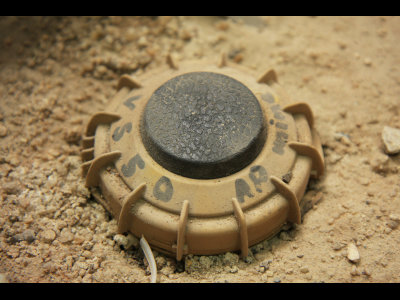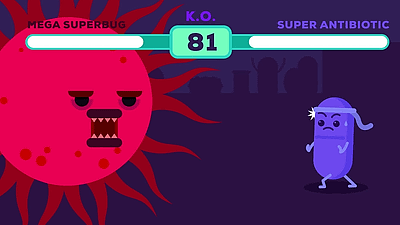Why has the 'operation of dropping countless flies from airplanes' been going on for decades in the Americas?

Flies are insects that many people dislike because of their disgusting appearance, as they have a strong image of being on food and animal corpses. However, in the Americas, a 'mission to drop countless flies from airplanes' has been going on for decades, and the science-based YouTube channel Kurzgesagt explains why such a mission is being carried out.
The scientific name of the screwworm fly, a carnivorous fly native to Central and South America, Cochliomyia hominivorax, comes from the Latin word meaning 'man-eating.'
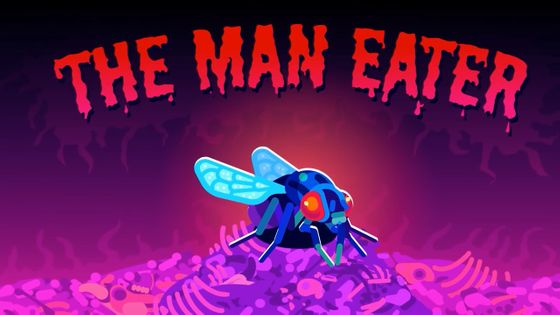
As their name suggests, screwworm flies live on the flesh of warm-blooded animals and feed on the wounds of injured animals.

Screwworm flies can smell wounds and blood from great distances.

Female screwworm flies lay their eggs in just a small wound on the surface of a human, deer, squirrel or other animal.
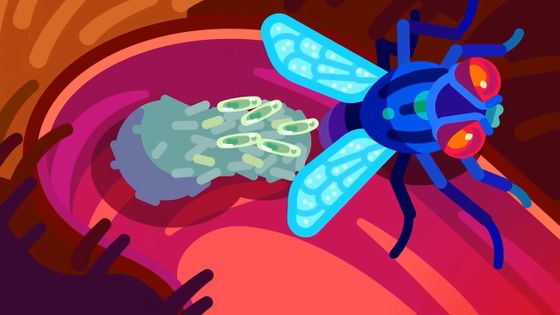
Once the eggs hatch, the larvae begin eating healthy flesh with their sharp jaws.

The larvae feed on the flesh of the wound, worsening the wound and attracting more screwworm flies. In severe cases, the animal can die or at least become severely weakened, causing great harm to livestock farmers and others.

Screwworm flies are native to the Americas, but as livestock farming spread to the southern United States, the flies gained a large food source and expanded their presence.

If one animal in the herd develops a screw worm infestation, it can spread to other animals in the herd, eventually causing the deaths of the entire herd.

Traditional insecticides are ineffective against screwworm flies because their larvae live inside living animals.
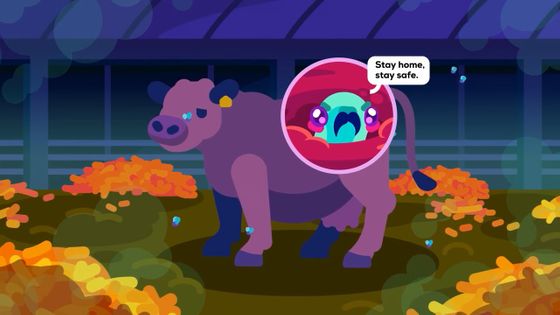
Also, no matter how careful farmers are, they cannot completely prevent animals from being injured or being bitten by screw worms, so screw worms remain a threat to farmers.

Then, in the 1950s, two scientists came up with a strange idea: What if they treated the screwworm with radiation?

Although the screwworm fly may seem like a formidable adversary to humans and livestock, it does have one weakness: Its life span is three weeks, and it only mates once before dying.
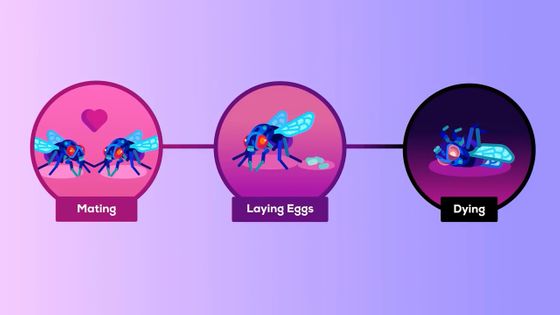
In other words, if they could somehow increase the number of 'sterile males' in the environment, they could disrupt the females' single mating, preventing them from laying eggs before dying, and theoretically eradicating the screwworm population.
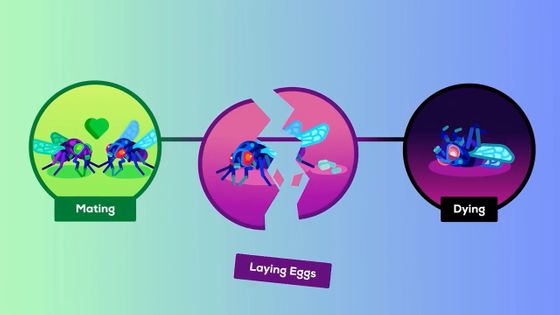
The question was, how could we successfully sterilize the screwworms without killing large numbers of them?
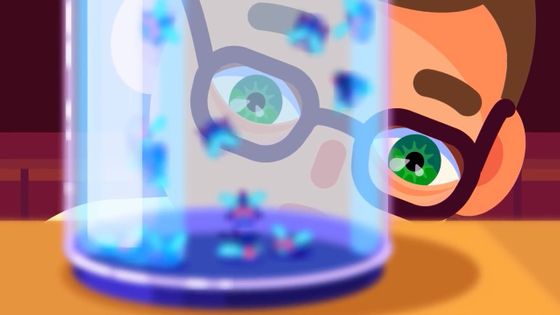
At the time, researchers studying radiation had discovered that certain doses of radiation could damage reproductive cells without damaging the rest of the organism.

This makes it possible to mass-produce screw worm flies, sterilize them live, and release them into the wild, thus eradicating the screw worm population.

To demonstrate the effectiveness of the strategy, the researchers first set up a screwworm farm in Florida and then shipped millions of sterilized screwworms to the Dutch
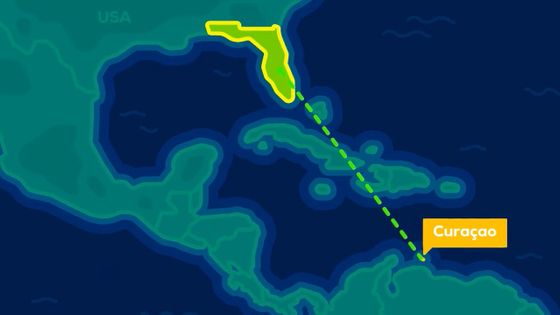
The screwworm farming factories consisted of long trays filled with food such as ground beef, horse meat, animal blood, milk, and eggs.

The screwworm flies produced in this way were irradiated at the pupal stage to render them sterile.
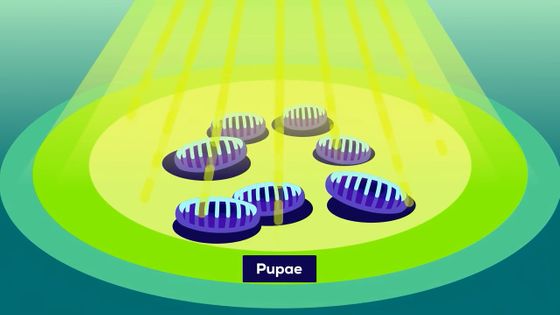
The sterile screwworm flies were then released into the wild by plane.

Over the course of several weeks or months, the sterile screw worm flies began mating with wild screw worm flies. Gradually, the screw worm population dwindled, and then suddenly, they disappeared from Curacao.

Since the operation proved effective, many screwworm farms have been established.

Just one factory in Texas was responsible for rearing 150 million screwworms a week, using 70 tons of meat and 12,000 gallons of blood.

During cultivation, the blood and meat mixture had to be kept warm to trick the screwworm larvae into thinking they were inside a live warm-blooded animal.

As a result, the screwworms made in the factory had a terrible smell and were initially refused transport by airlines.

In the end, they managed to transport the screw maggots by spraying the boxes with colon in order to get them on the plane.

The sterile screw worm flies dropped from the planes gradually wiped out the wild screw worm flies.

The planes releasing the sterile screw worms started in Florida, crossed Texas, then flew through Mexico and on to Central America, each step requiring billions of the flies, extensive coordination and the efforts of thousands of workers.

As a result, humans have been successful in controlling the screwworm fly.

Meanwhile, in 1988, the screwworm fly spread across the African continent.

It was feared that if the attack was not stopped immediately, enormous damage would occur, so a large-scale operation was launched immediately.

Hundreds of millions of sterile screwworm flies were shipped, ground teams checked local fauna for injuries, and a public relations campaign educated people about why planes were spraying the flies.

The operation was successful, and the screwworm invasion was halted within four months.

But the screwworm still dominated much of South America, including the vast Amazon rainforest.

Spreading operations across South America would be too costly and difficult to carry out due to the political complexity of the region, so the United States and Mexico made an agreement with
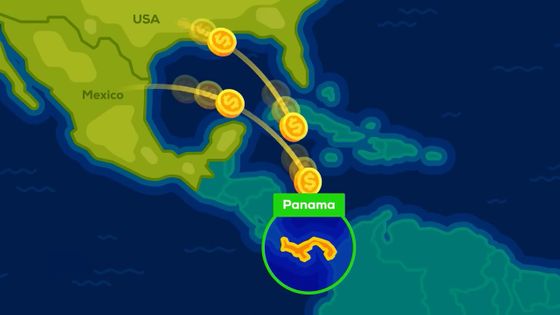
The deal was that the US and Mexico would pay to build screwworm farms in Panama, in exchange for making Panama the first line of defense against screwworms. Screwworm flies feed on the flesh of live animals, so if their movement over land could be stopped, they would be less likely to make the jump across the sea to the US.

At the time of writing, a screwworm farm in the depths of Panama is operating 24 hours a day, 365 days a year, producing vast numbers of sterile screwworms.

Farming techniques have also evolved since those early days, and instead of ground meat, the animals are fed a protein mixture of powdered blood, milk and eggs, which is piped into trays that are kept at the exact same temperature as the live tissue.

Every week, 100 million sterile screw maggots are loaded into rotating sprayers and dropped with a calculated balance of drop rate, speed and altitude.

The planes fly exactly 1.6km apart to spray the sterile screw maggots everywhere.

This creates an invisible wall of sterile screwworms.

Human surveillance teams also monitor the animals for injuries and signs of screwworm flies.

Unfortunately, sometimes the screwworm barrier can fail. For example, in 2016, screwworm flies were discovered in the Florida

A large number of sterile screwworm flies were imported from Panama and an eradication campaign was launched, which resulted in the invasion being contained within a few months.
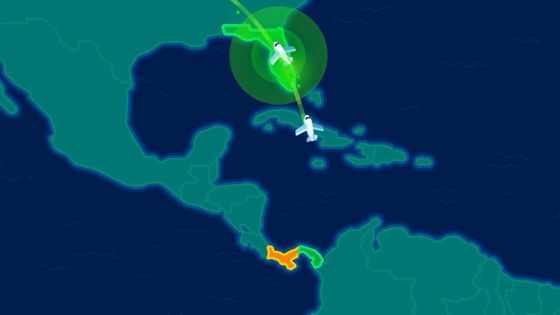
In late 2023, the invisible wall in Panama collapses, spreading the screwworm throughout Central America, even reaching Mexico, prompting the U.S. Department of Agriculture

Factories are working as fast as they can to produce sterile screw maggots, but it's unclear when the situation will end.

Kurzgesagt said if you see a plane flying low overhead in Central America, you could be in the middle of a battle between screwworm flies and humans.

In Okinawa Prefecture, Japan, a large-scale eradication campaign was carried out to eradicate the invasive melon fly , which causes damage to agricultural crops, by releasing a large number of sterilized individuals , and eradication was achieved in 1993. At the time of writing, a similar campaign is being carried out to eradicate the black melon fly, which eats bitter melon and watermelon.
Okinawa Prefecture releases large numbers of sterilized males to eradicate pest 'black-eared fruit fly' | NHK Okinawa Prefecture News
https://www3.nhk.or.jp/lnews/okinawa/20250428/5090031338.html
Related Posts:

